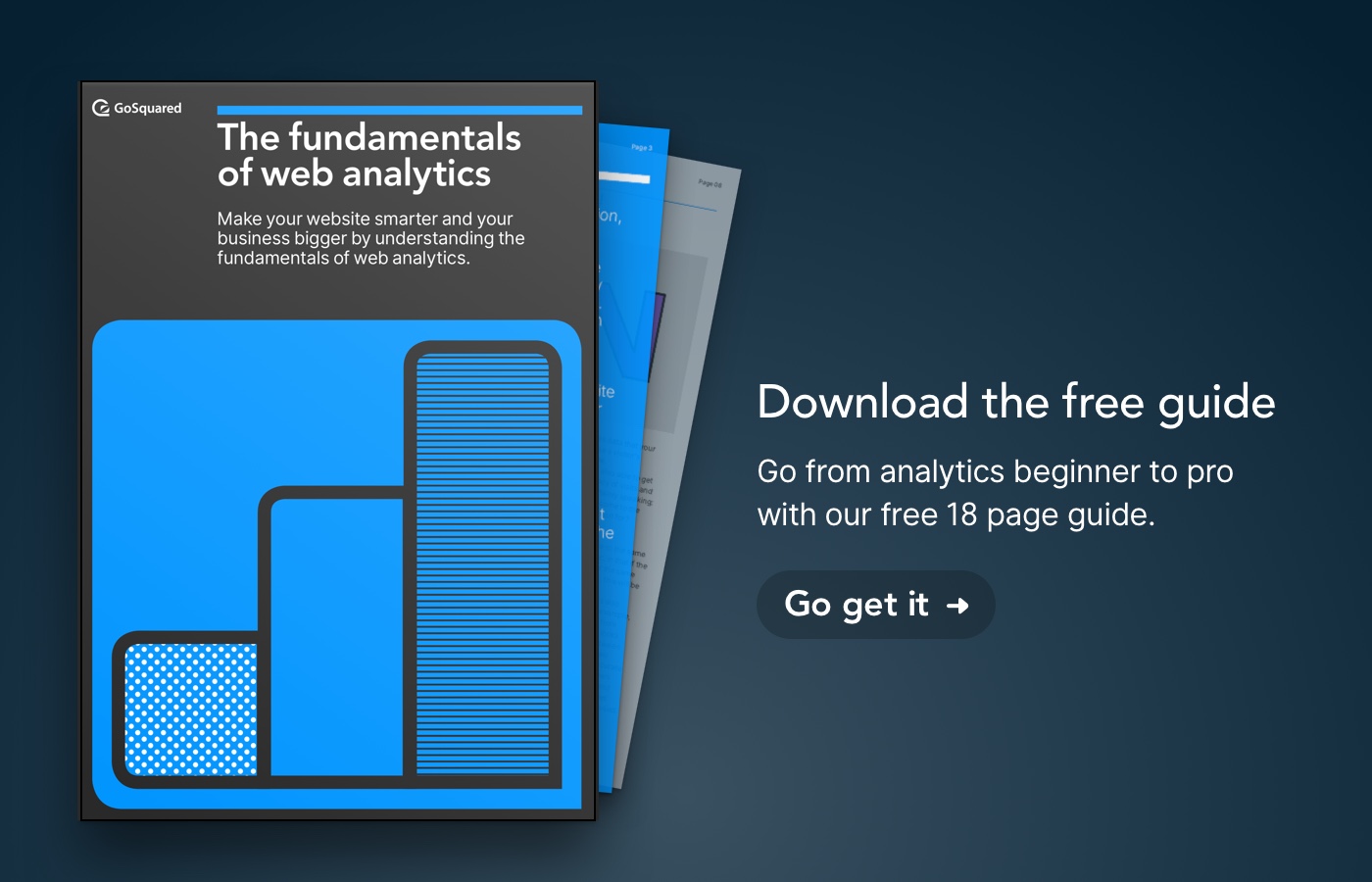![]()
The discussion around online tracking is the most ubiquitous it has ever been.
It feels like yesterday, but back in 2015 we were talking about the impending changes that “Content Blockers” would invoke on the world as Apple introduced them to Safari on iOS to help give consumers more control over their privacy and experience on the web.
A lot has changed since 2015, and the topic of privacy, data ownership, and data protection is on the minds of the public like never before.
Why is online privacy and tracking such a big deal right now?
![]()
Thanks to Mark Zuckerberg’s appearance in front of congress, the dawn of GDPR, and companies like Apple touting privacy as a key differentiator, the conversation previously reserved for online privacy advocates has become a mainstream topic.
The web is now embedded into everyone’s lives so deeply, that there is no “online” and “offline” – we’re always online when our phones are with us, connected to the web, 24/7, with some of our most precious information living in the cloud.
The increased awareness of how companies use our data is a great thing, but we still have a long way to go. Recent events appear to have worried consumers to the point where the understanding generally seems to be that all online tracking is categorically bad.
We don’t think all online tracking is bad – there are some really creepy, dishonest ways of using customer data, and there are ways to use customer data to deliver a fantastic experience to customers, better deals, and better products.
Different types of online tracking
It may be obvious to some, but not all online tracking is equal – here’s a quick outline of some of the key categories we see most frequently.
On-site vs cross-site tracking
Cross-site tracking is at the heart of a lot of the concerns around online tracking and data privacy. If one party can understand what you’re doing across multiple sites and entities, they can build up a dramatically better picture of who you are.
On-site tracking, on the other hand, is an understanding of your journey and behaviour on one site, unique to that one business you’re interacting with. On-site tracking is generally much more widely accepted as being a good thing for the business to understand their customers better, but is often bundled into the “bad” category in this debate.
Analytics
Web analytics help businesses to understand the volume of visits, traffic sources and the popularity of online content by tracking your activity on a specific website.
Examples of analytics tools:
- Google Analytics*
- Mixpanel
- GoSquared Analytics
* Most analytics tools are isolated by company – so when you’re being tracked on one website, that can’t be tied to your activity on any other website. Analytics tools owned by large advertisers, like Google Analytics and Facebook’s analytics tools are not as clear cut.
Customer service
Customer services tools such as live chat software are used so businesses and customers can talk to each other. Information such as the contents of messages, but also some browsing data is likely shared with the business when you use customer service software.
Examples of customer service tools:
- GoSquared Live Chat
- Olark Live Chat
- Zendesk Chat
Advertising
Tracking for advertising allows companies to remind you of their offering on other platforms and websites with relevant ads, and measure when you arrived on their website because of ads.
Tracking for advertising is perhaps the most controversial of all online tracking – as it can taken to the extreme to directly influence customer behaviour, and build a picture of you behind the scenes without your consent.
Examples of advertising services:
- Facebook Ad Pixel
- AdRoll retargeting
- Google Ads
Tracking behind the scenes
A bunch of services offer a primary service to websites, but also perform some level of cross-site tracking under-the-hood. These are providing value, but the end-user often doesn’t realise how the data they collect is being used.
A few examples:
- Third party comment threads and forms on blog posts.
- Social “Like” and sharing buttons from the likes of Facebook, Twitter, and Google.
The cost of a free service
![]()
Regardless of how many times Facebook touts “we don’t sell your data”, Facebook at the very least use your data to sell their service to advertisers.
Just like any other old-school media company sells your time and attention to advertisers, irrespective of being online or offline, it’s how they are able to produce the content and services that we’re so willing to consume.
Just like TV, radio, and outdoor use tracking to measure the audience they have to offer advertisers, online publishers need some kind of online tracking to quantify this too.
Where this starts to feel invasive is when the tracking starts to operate outside of its expected domain. If your radio was tracking the TV show you were watching, or the billboard you drove past was tracking what radio station you were listening to in your car.
So when one application or website appears to be aware of your activity outside of its own domain, that’s when many people sense the creepy factor.
Why businesses and customers benefit from tracking online behaviour
How ecommerce benefits from online tracking
By definition, most ecommerce businesses rely primarily on their website to generate revenue. They likely haven’t invested in a brick-and-mortar store, and the low costs of running a website are key to them having a built a business in the first place.
If you’re running an ecommerce business without any analytics or tracking in place, you’re effectively blind to what is happening within the store.
As a consumer, expecting an online store not to track you when you’re in their store is the equivalent of asking them to hide in the back of their brick and mortar store before you come in.
The right level of customer understanding can ultimately be beneficial to everyone involved to provide immediately helpful customer service, and to continuously improve the store in the long-run.
If an ecommerce store can use tracking within their domain to identify their most viewed products, it can help them with their marketing and inventory decisions. They can then make potential customers informed about the the products they’re after and make sure they’re available when they want them.
Importantly, all of these things can help businesses sell more stuff and grow, and consumers get a better experience.
Is “tracking” the right word?
Hopefully it’s becoming clearer that online “tracking” isn’t all bad. But it seems the conversation needs to move forward to a place where we understand the tradeoffs of data gathering and customer experience.
Perhaps the word “tracking” itself is part of the problem – “tracking” isn’t a friendly word in any context. Very few businesses seem to be using online tracking without the intention of using the data collected for helpful and beneficial purposes. It’s really all about understand customers better to give them a better experience, and a better price.
Perhaps “online understanding” is a better phrase to go with for the future – one that doesn’t trigger such negative connotations in the minds of consumers.
What to look for as a business when choosing your tools
We may be slightly biased, but we strongly believe in looking after your customer data, and so – whatever tools you use – here’s a couple of things to look out for:
- Is the product fully GDPR compliant?
- Is the company’s business model aligned with you the customer?
- Does the company give tools away for free primarily to gather data?
- Does the company have a track record of protecting customer data and prioritising this throughout their product and team?
- Do you trust the company?
Taking all of this into account, as the conversation around online tracking continuous to expand, the context of how it is being used should also be taken into account and appraised fairly.


